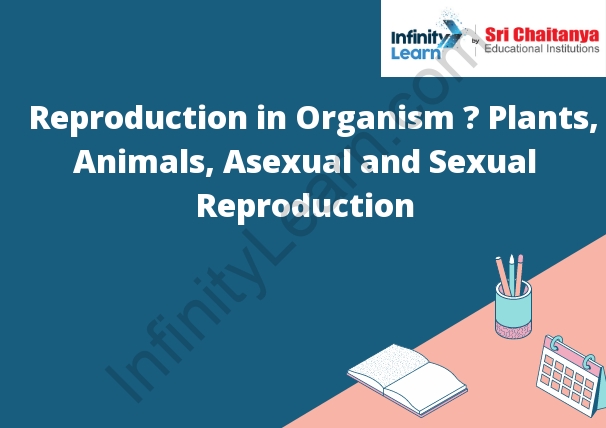Table of Contents
Reproduction in Plants and Animals
There are two types of reproduction in plants: asexual reproduction and sexual reproduction. Asexual reproduction is when a new plant is formed from a single parent cell. This can happen through fragmentation (when the parent cell splits into two or more new cells) or budding (when a small new plant grows out of the parent cell).
Sexual reproduction is when two plants fuse their cells together to form a new plant. This can happen through fertilization (when the male and female cells merge) or pollination (when the male and female cells are transferred to a new plant).
There are three types of reproduction in animals: asexual reproduction, sexual reproduction, and cloning.
- Asexual reproduction is when a new animal is formed from a single parent cell. This can happen through fragmentation (when the parent cell splits into two or more new cells) or budding (when a small new animal grows out of the parent cell).
- Sexual reproduction is when two animals fuse their cells together to form a new animal. This can happen through fertilization (when the male and female cells merge) or pollination (when the male and female cells are transferred to a new animal).
- Cloning is when a new animal is formed from a single parent cell that has been genetically identical to the original animal.

Types of Reproduction in Organisms
There are many different types of reproduction in organisms, but the three main types are asexual reproduction, sexual reproduction, and cloning.
- Asexual reproduction is a type of reproduction where a new organism is created without the involvement of another organism. This can be done through mitosis, where the cell divides into two genetically identical cells, or meiosis, where the cell divides into four genetically identical cells.
- Sexual reproduction is a type of reproduction where two organisms fuse their cells to create a new organism. This can be done through fertilization, where the sperm and egg fuse to create a new cell, or through conjugation, where two cells fuse and exchange DNA.
- Cloning is a type of reproduction where a new organism is created by copying the DNA of another organism. This can be done through somatic cell nuclear transfer, where the nucleus of a somatic cell is transferred into an egg cell, or through embryo splitting, where a fertilized egg is divided into two or more embryos.
Asexual Reproduction in Organisms
Asexual reproduction is a type of reproduction where the offspring is genetically identical to the parent. There is no exchange of genetic information between the parent and the offspring.
Asexual reproduction can occur through a variety of mechanisms, including binary fission, budding, and fragmentation.
Sexual Reproduction in Organisms
Sexual reproduction is a type of reproduction that involves the fusion of two gametes (sex cells) to produce a new organism. In animals, this process usually involves the fusion of a sperm cell and an egg cell.
Sexual reproduction is a more complex process than asexual reproduction and typically results in a more genetically diverse population.
Events of Sexual Reproduction
The process of sexual reproduction begins when a sperm cell from the male partner and an egg cell from the female partner unite in the process of fertilization. The fertilized egg, now known as a zygote, then begins to divide and grow, eventually developing into a new organism.



